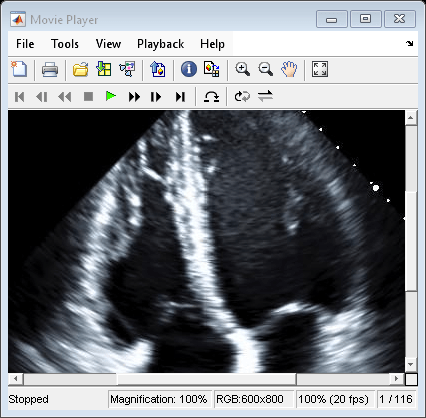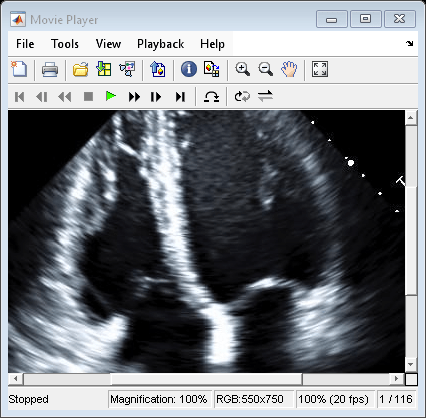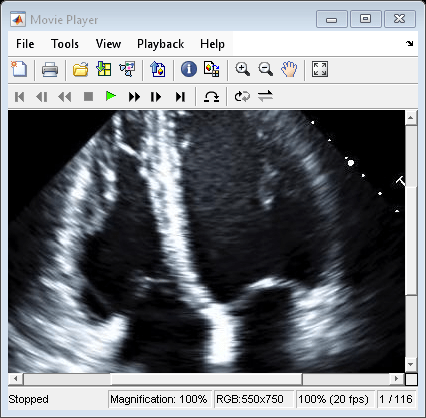dicomFile
Description
The dicomFile object and its object functions enable you to
selectively read, parse, access, modify, and write the metadata of a DICOM file. You can also
simultaneously access the pixel data of the DICOM file. Compared to the dicominfo and dicomwrite functions, which cannot parse and
modify DICOM metadata selectively, the dicomread function, which can read only pixel data from a DICOM file, and the
dicomfind and
dicomupdate
functions, which operate on the metadata returned by dicominfo, the
flexibility and speed of the dicomFile object and its object functions
makes it more efficient than these functions when processing a large number of DICOM files.
Creation
Description
dFile = dicomFile(filename,Dictionary=dict)dict to use to parse the DICOM
metadata. dict is the absolute or relative path to the DICOM data
dictionary, and sets the Dictionary
property.
Input Arguments
Properties
Object Functions
isAttribute | Check if specified attribute is present in DICOM file |
getAttribute | Get value of specified top level DICOM attribute |
findAttribute | Find location and value of specified DICOM attribute |
updateAttribute | Update value of specified DICOM attribute |
getPixelData | Get pixel data of DICOM file |
write | Create selectively modified copy of DICOM file |
Examples
Limitations
Noncompliant DICOM files that switch value representation (VR) modes incorrectly cannot be
read using the dicomFile object.
Version History
Introduced in R2023aSee Also
dicomConnection | dicominfo | dicomread | dicomwrite | dicomfind | dicomupdate


